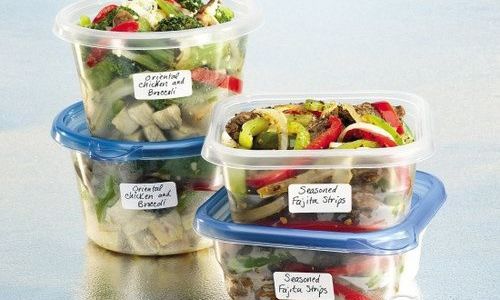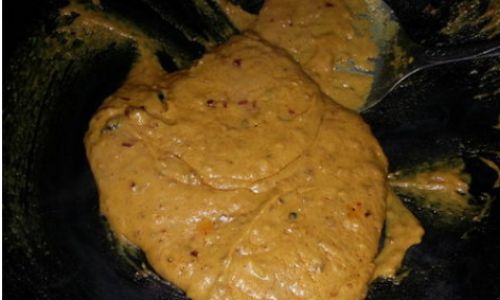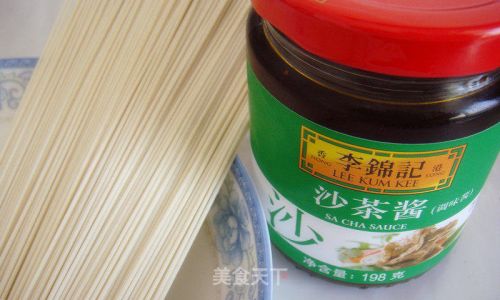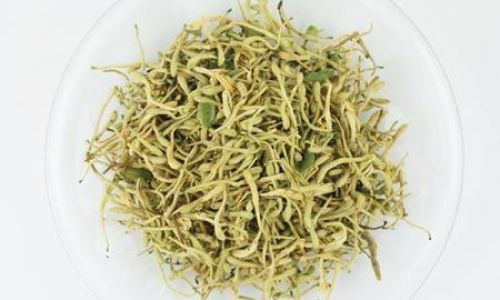Table of content
In the hustle and bustle of modern life, it’s not uncommon for households to end up with leftover food. Whether it’s a hearty meal prepared with love that couldn’t be fully consumed or a batch of delicious homemade cookies that didn’t quite meet the day’s snacking demands, managing leftovers efficiently is crucial to minimizing food waste and ensuring that your meals remain safe and enjoyable for future consumption. This article delves into the intricacies of how to properly store leftover food, emphasizing practical steps, safety guidelines, and tips to maximize freshness and flavor retention.
Understanding the Importance of Proper Storage
Proper food storage is not just about preventing spoilage; it’s also about maintaining the nutritional value and taste of your leftovers. Improper storage can lead to the growth of harmful bacteria, which can cause food poisoning, or it can result in stale, unappealing food that no one wants to eat. By following best practices, you can ensure that your leftovers are not only safe but also retain their original quality, making it easier to incorporate them into future meals or snacks.
The Basics of Food Preservation
Before diving into specific storage techniques, it’s essential to understand the fundamental principles of food preservation:
-
Temperature Control: Bacteria thrive in the “danger zone” between 40°F (4°C) and 140°F (60°C). Keeping leftovers either refrigerated or frozen effectively slows down bacterial growth.
-
Airtight Sealing: Exposing food to air can lead to oxidation, which can degrade the quality and flavor of your leftovers. Using airtight containers or wrapping tightly with plastic wrap or aluminum foil helps maintain freshness.

-
Moisture Management: Excessive moisture can promote mold growth and degrade texture. Proper packaging and the use of absorbent materials like paper towels can help manage moisture levels.
-
Labeling and Dating: Always label stored food with the date it was prepared. This helps you track how long it’s been stored and prioritize consumption based on freshness.
Step-by-Step Guide to Storing Leftovers
Cool Down Promptly
As soon as you realize you have leftovers, begin the cooling process. For large quantities, divide the food into smaller portions to cool faster. Never leave food out at room temperature for more than two hours; one hour is the limit if the room is warm.
Choose the Right Container
- Glass or Ceramic Containers: These are non-reactive and easy to clean, making them ideal for long-term storage.
- Plastic Containers: Opt for BPA-free, food-grade plastics. Ensure they have tight-fitting lids to prevent air leakage.
- Reusable Silicone Bags: These are eco-friendly and can be used in the fridge, freezer, and even for microwave heating.
- Aluminum Foil and Plastic Wrap: While not as sustainable as reusable options, they are effective for short-term storage and can be used to create a tight seal.
Use Absorbent Materials
Place a layer of paper towels between layers of moist food or on top of the container to absorb excess moisture. This is particularly useful for storing soups, stews, and casseroles.

Label and Date
Use a permanent marker to write the contents and date on the container. This simple step can save you from guesswork later and helps prevent food poisoning by ensuring you consume older leftovers first.
Refrigeration and Freezing
- Refrigeration: Place containers on the middle or lower shelves of the fridge, where temperatures are more stable. Avoid the door, which is warmer due to frequent opening.
- Freezing: For longer storage, freeze leftovers in airtight containers or freezer bags. Remove as much air as possible to prevent freezer burn. Label and date frozen food to keep track of its age.
Special Considerations for Different Types of Food
Meats and Poultry
Store cooked meats and poultry in shallow containers to ensure quick cooling. Use within two to three days in the fridge or up to three months in the freezer.
Seafood
Seafood is highly perishable and should be consumed within one to two days of being cooked. Store in airtight containers and consume promptly to avoid off flavors.
Vegetables and Grains
Leftover vegetables and grains can be stored in airtight containers for up to four days in the fridge. For longer storage, consider freezing in single-serving portions.

Dairy Products
Dairy-based dishes like lasagna or mac and cheese should be consumed within three to four days refrigerated. Freezing can alter textures, but it’s an option if you must store for longer.
Fruits and Desserts
Fruits can be stored separately from other leftovers due to their high moisture content and potential to release gases that can affect other foods. Desserts like cakes and cookies can be kept in airtight containers at room temperature for a few days or refrigerated for longer storage.
Practical Tips for Successful Leftover Management
- Repurpose Leftovers: Transform leftovers into new meals. For example, use leftover roasted vegetables in a salad or soup.
- Inventory Check: Regularly check your fridge and freezer to use up older leftovers first.
- Portion Control: Store leftovers in portion sizes that match your family’s eating habits, making it easier to incorporate them into meals without waste.
- Smell and Taste Test: Before reheating, give your leftovers a quick sniff and taste test to ensure they’re still safe to eat. Discard any food that smells off or has an unusual texture.
Conclusion
Properly storing leftovers is a vital aspect of responsible food management, reducing waste and ensuring the safety and quality of your meals. By following the principles of temperature control, airtight sealing, moisture management, and labeling, you can extend the life of your leftovers and enjoy delicious, nutritious meals long after they were first prepared. With a bit of planning and attention to detail, you can turn the challenge of leftovers into an opportunity for creative cooking and mindful eating.






0 comments